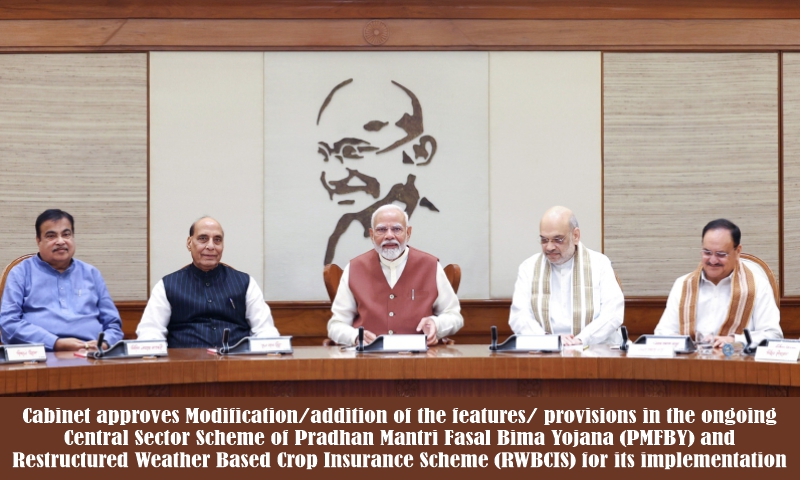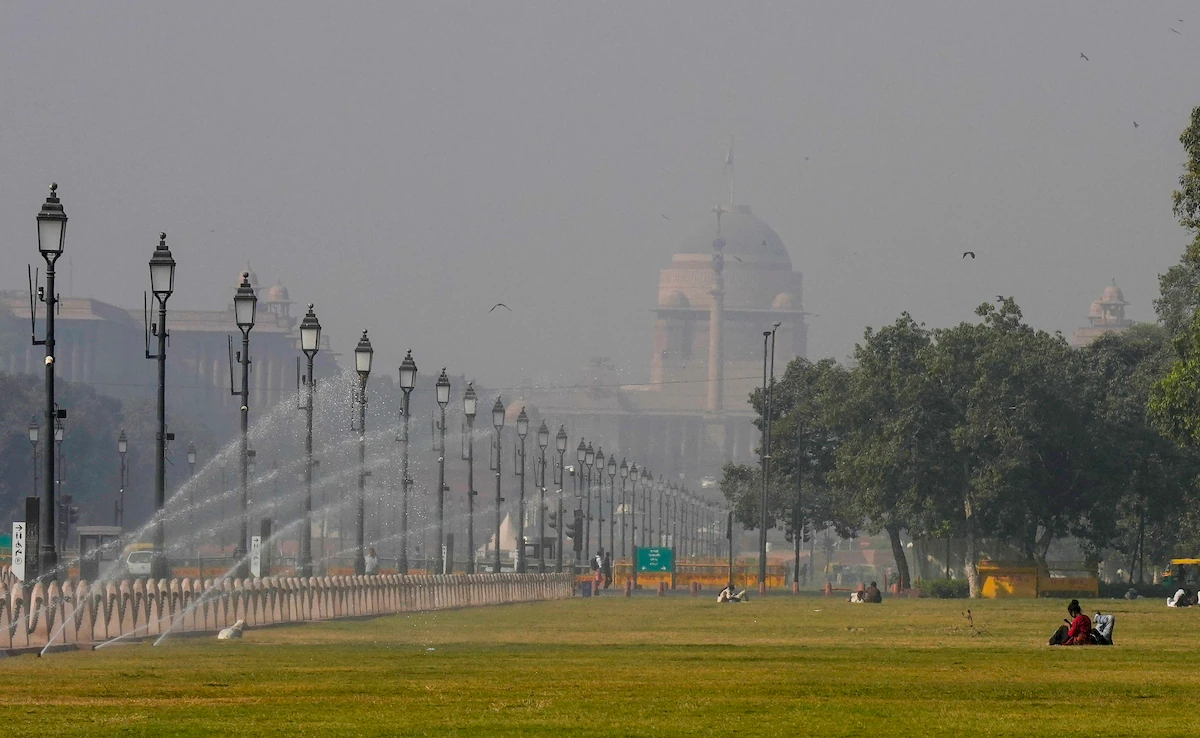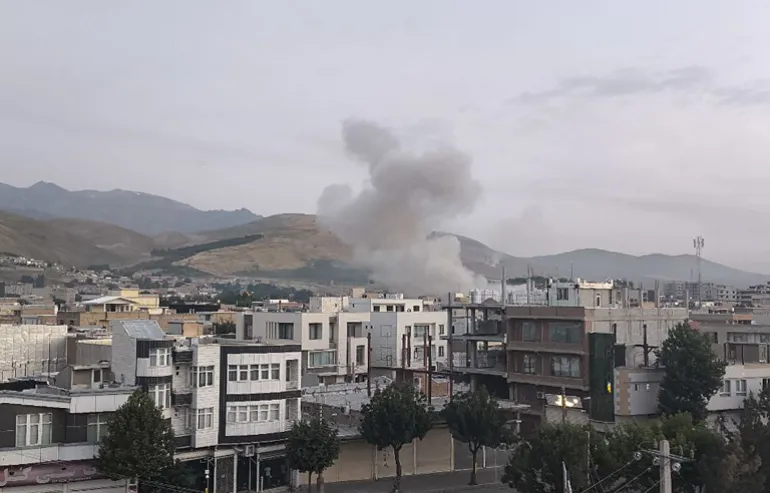- Courses
- GS Full Course 1 Year
- GS Full Course 2 Year
- GS Full Course 3 Year
- GS Full Course Till Selection
- Answer Alpha: Mains 2025 Mentorship
- MEP (Mains Enrichment Programme) Data, Facts
- Essay Target – 150+ Marks
- Online Program
- GS Recorded Course
- Polity
- Geography
- Economy
- Ancient, Medieval and Art & Culture AMAC
- Modern India, Post Independence & World History
- Environment
- Governance
- Science & Technology
- International Relations and Internal Security
- Disaster Management
- Ethics
- Current Affairs
- Indian Society and Social Issue
- NCERT- Science and Technology
- NCERT - Geography
- NCERT - Ancient History
- NCERT- World History
- CSAT
- 5 LAYERED ARJUNA Mentorship
- Public Administration Optional
- ABOUT US
- OUR TOPPERS
- TEST SERIES
- FREE STUDY MATERIAL
- VIDEOS
- CONTACT US
Continuation of Pradhan Mantri Fasal Bima Yojana (PMFBY)
Continuation of Pradhan Mantri Fasal Bima Yojana (PMFBY)
05-03-2025

- The Union Cabinet has approved the continuation of the Pradhan Mantri Fasal Bima Yojana (PMFBY) and the Restructured Weather-Based Crop Insurance Scheme until 2025-26.
- These schemes aim to provide financial security to farmers, enhance agricultural sustainability, and support the adoption of modern farming techniques.
Key Objectives:
- Financial Assistance for Farmers: Providing compensation to farmers in case of crop losses due to adverse weather conditions.
- Income Stability: Ensuring farmers' income is stabilized so they can continue farming activities.
- Promoting Modern Agriculture: Encouraging the adoption of modern farming techniques and innovations.
- Credit Flow: Improving credit availability to the agricultural sector to ensure food security and crop diversification.
Features:
- Launch Date: 2016
- Ministry: Ministry of Agriculture & Farmers Welfare
- Implementing Agencies: The Department of Agriculture, Cooperation & Farmers Welfare (DAC&FW) under the Ministry of Agriculture & Farmers Welfare (MoA&FW) coordinates the implementation in partnership with state governments.
- Exemptions: The PMFBY scheme is exempted from the Goods and Service Tax (GST), making it more accessible for farmers.
- Coverage: The scheme covers food crops (cereals, millets, pulses), oilseeds, and annual commercial/horticultural crops, provided yield data and crop cutting experiments (CCEs) are available.
Types of Risks Covered:
- Yield Losses (on a Notified Area Basis): Natural disasters like storms, cyclones, floods, droughts, and pests.
- Prevented Sowing: Farmers can claim up to 25% of the sum insured if adverse weather prevents sowing.
- Post-Harvest Losses: Coverage for up to 14 days after harvesting, protecting crops left in the field against cyclonic/unseasonal rains.
- Localized Calamities: Hailstorms, landslides, and inundation affecting specific farms.
- Add-On Coverage: States can provide additional coverage for crop losses due to wild animal attacks.
Exclusions:
- Losses due to war, riots, theft, preventable risks, and grazing by animals.
- Crops bundled or heaped before threshing (for post-harvest losses).
Premium and Subsidy:
- Kharif Crops: 2% of the sum insured.
- Rabi Crops: 1.5% of the sum insured.
- Commercial/Horticultural Crops: 5% of the sum insured.
- The difference between the premium and insurance charges is subsidized by the government. For North-Eastern States, the subsidy is shared at a 90:10 ratio between the Centre and State.
Eligibility:
- All farmers with insurable interests, including sharecroppers and tenant farmers, are eligible.
- The scheme was initially mandatory for farmers taking crop loans or Kisan Credit Card loans but has been made optional for all farmers since the Kharif 2020 season.
Technological Initiatives:
To enhance the effectiveness of the scheme, several technological initiatives have been introduced:
- Fund for Innovation and Technology (FIAT): A corpus of ₹824.77 Crore has been set up to support the adoption of innovative technologies in crop insurance.
- YES-TECH (Yield Estimation System using Technology):
- Uses remote sensing technology for more accurate crop yield estimates, with 30% of the weightage based on technology-based estimates.
- Implemented in 9 major states, including Andhra Pradesh, Assam, Haryana, and others. Madhya Pradesh has fully adopted technology-based yield estimation.
- WINDS (Weather Information and Network Data Systems): Establishes automatic weather stations (AWS) at the block level and automatic rain gauges (ARGs) at the panchayat level, enhancing data collection for better crop risk assessment.
|
Also Read |
|
| NCERT Books For UPSC | |
| UPSC Monthly Magazine | Best IAS Coaching in Delhi |



